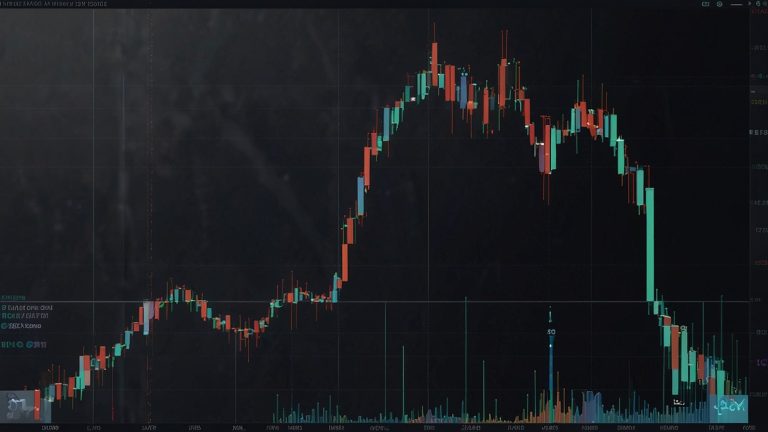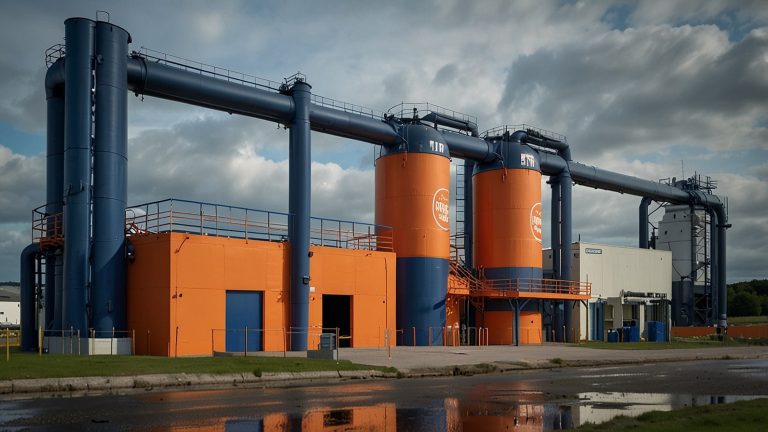Every September, Apple launches a new iPhone, and the internet collectively gasps—half from excitement, half from sticker shock. The iPhone 17 Pro Max, announced in 2025, continues that tradition of technological awe and financial pain.
In the Philippines, the starting price hovers around ₱89,990 for the base 256GB model, climbing to well over ₱120,000 for the 1TB variant. The model will officially be available on Apple stores on October 17, 2025.
It flaunts a titanium frame, the A19 Bionic chip, a “holographic depth camera” that Apple promises will revolutionize mobile content, and—because irony is free—a smaller box in the name of sustainability.
That price tag isn’t just about the gadget. It’s also a mirror reflecting the larger economy, consumer psychology, and the subtle art of how Filipinos spend when everything else costs more.
Inflation Signals: What Premium Tech Pricing Reveals About Global Demand
For years, Apple products have been inflation barometers. When the company raises prices and customers still line up, it signals that the global appetite for luxury and innovation hasn’t cooled, regardless of how steep the economic climb.
While global inflation may have slowed in 2025, production costs, which cover rare earth metals, logistics, labor, and research, remain high.
With that, the iPhone 17 Pro Max’s elevated price is less about greed and more about a supply chain still recuperating from years of volatility.
Apple’s strategy is simple: turn necessity into aspiration. By pricing higher, it maintains brand prestige and signals resilience.
People don’t just buy an iPhone; they acquire the illusion that inflation hasn’t touched them.
Filipino Consumer Behavior: Financing, Trade-Ins, and Status Spending
In the Philippines, owning an iPhone is as much a financial statement as it is a technological choice. Despite persistent inflation and rising living costs, consumer spending on luxury tech remains robust, particularly among Gen Z and millennial buyers.
Telecom companies and retail chains have perfected the formula: installment plans, trade-in options, and postpaid bundles that make the iPhone appear affordable.
That is, until you realize you’ve just committed to a two-year payment plan, longer than most relationships.
According to data by the Bangko Sentral ng Pilipinas (Central Bank of the Philippines), credit card usage and consumer loans for gadgets have surged by over 20% in the past year.
That said, Filipinos are not reckless spenders; they’re more like aspirational strategists. Because in a society where image matters and connectivity is currency, the iPhone 17 Pro Max becomes less a device and more a symbol of financial survival through style.
Retail & Telco Strategies: Bundles, Promos, and Financing Offers
With Apple raising the bar for global demand and social status, retailers have become experts in the math. Inflation eats into purchasing power, so they stretch the illusion of affordability.
For instance, major telcos such as Globe, Smart, and DITO have rolled out installment plans with zero interest for up to 36 months or offers that include data-heavy bundles, binding users to a contract for years.
Electronics stores follow suit with “trade up to level up” campaigns, encouraging upgrades rather than abandonment.
The result? Stable demand despite economic pressure.
The market’s resilience suggests that Filipino consumers will sacrifice short-term comfort for long-term brand association.
Think of it like tactical players sacrificing their strategies and more moolah to gain satisfying wins on GameZone—and this paradigm is both impressive and mildly terrifying.
But from a retail standpoint, this model is gold. It secures recurring revenue, ensures ecosystem loyalty, and reinforces Apple’s dominance in an economy that loves aspirational ownership.
Investment Angle: What Retailers and Consumer Stocks Should Watch
For investors, Apple’s Philippine pricing strategy and strong local demand offer two signals:
- Consumer confidence is staying resilient and active despite inflationary pressure.
- Sustained opportunities in retail and telco stocks aligned with premium tech sales.
Local listed companies such as Converge ICT, Globe Telecom, and Ayala-owned retailers could see indirect benefits from higher gadget spending and data consumption.
Concurrently, global investors deem Apple’s pricing elasticity as proof that luxury tech is practically infallible against recession.
However, the market’s optimism should come with caution. If inflation resurges or household debt continues to climb, this enthusiasm for the luxury of installments could morph into a consumer credit bubble.
In short: Filipinos love their gadgets, but even the most loyal iPhone crowd can’t swipe their way out of macroeconomics forever.
Practical Takeaways for Consumers and Small Retailers
For consumers:
- Treat phone purchases like mini-investments. The iPhone’s resale value remains higher than most Android flagships.
- Avoid long-term financing unless your income is stable. Paying interest on a depreciating asset is not a flex.
- Check trade-in offers—some models now provide up to ₱30,000 off if you time your upgrade right.
For small retailers:
- Offer flexible payment schemes, but balance them with cash incentives.
- Leverage social media to position tech as a lifestyle, not a luxury.
- Track Apple’s release cycles—launch season boosts both foot traffic and accessory sales.
Inflation doesn’t end demand; rather, it reshapes it. Those who adapt to the psychology of post-pandemic spending—where necessity and vanity intertwine—will thrive.
Conclusion: The True Cost of Staying Connected
The iPhone 17 Pro Max isn’t just another gadget launch. It’s an annual referendum on how much people are willing to spend to stay relevant, online, and aesthetically satisfied.
In a country where inflation bites and wages crawl, that willingness speaks volumes. Filipinos aren’t ignoring reality; they’re redefining value.
For many, the iPhone isn’t a splurge—it’s a modern symbol of agency, connectivity, and belonging in a volatile world.
So yes, the iPhone 17 Pro Max might cost a fortune. But for millions of Filipinos balancing dreams and debt, it remains an investment in status, stability, and self-expression. Inflation or not, Apple’s bitten fruit still tastes like ambition—despite it being a double-edged sword.














 Bitcoin
Bitcoin  Ethereum
Ethereum  Tether
Tether  XRP
XRP  Solana
Solana  USDC
USDC  Lido Staked Ether
Lido Staked Ether  TRON
TRON  Cardano
Cardano  Avalanche
Avalanche  Toncoin
Toncoin